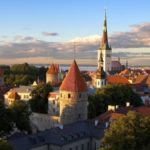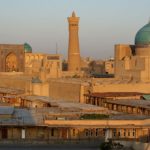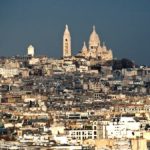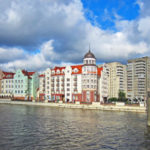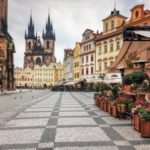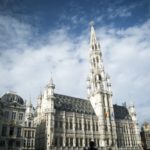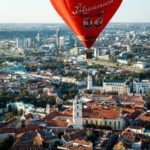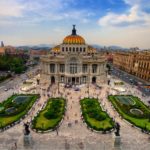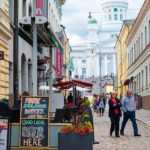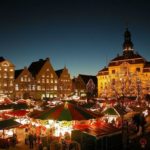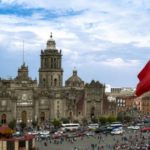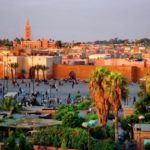Interesting facts about Riga
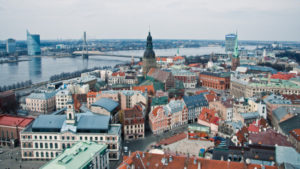 The Latvian capital Riga is amazingly beautiful. This city managed to preserve the charm of bygone times, despite all the sad events affecting it, including the Second World War. Walking through the streets of Riga, you unwittingly admire wooden window frames, a huge amount of flowers, old-fashioned tiled roofs and all that makes the appearance of this city so unique. And, of course, the cool climate contributes to the preservation of ancient buildings.
The Latvian capital Riga is amazingly beautiful. This city managed to preserve the charm of bygone times, despite all the sad events affecting it, including the Second World War. Walking through the streets of Riga, you unwittingly admire wooden window frames, a huge amount of flowers, old-fashioned tiled roofs and all that makes the appearance of this city so unique. And, of course, the cool climate contributes to the preservation of ancient buildings.
Local streets are surprisingly contrasted – medieval houses easily coexist here with the most modern and sometimes even extravagant architecture.
The historic center of Riga is listed as a UNESCO World Heritage Site.
Riga is the largest city not only in Latvia, but also in the entire Baltic states.
Most local residents speak at least two languages - Latvian and English. Many also speak Russian.
Riga is the only European city in which there are churches of five different religious denominations.
In 2014, Riga, along with the Swedish city of Umeå, was named the European Capital of Culture.
The name of the city comes from the eponymous river that flows in these parts.
At the moment Riga is more than eight hundred years old.
In most cases, this city can be driven through the car for half an hour, not exceeding the speed. Traffic jams are rare here.
Since 1510, each Christmas tree is set on the main square of the city.
The cost of hourly parking in Riga is much higher than in Moscow.
About a third of all residents here are Russians.
Films in cinemas in Riga usually run in the original language and with two sets of subtitles – Latvian and Russian.
The construction of the metro in Riga was planned in Soviet times, but the project remained a project.
Here is one of the oldest pharmacies in Europe. It is still functioning.
Riga Airport is the largest in the Baltic States.
There is also the only Sun Museum in the world.
Convenience stores, cafes and gas stations in Riga almost none.


